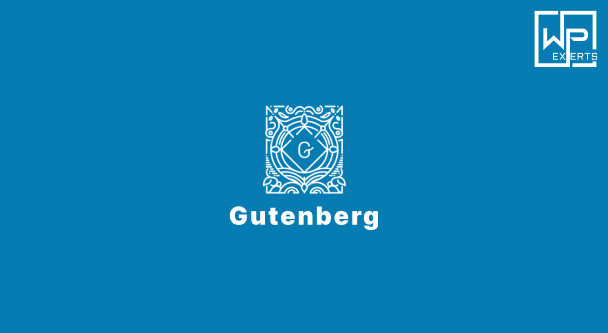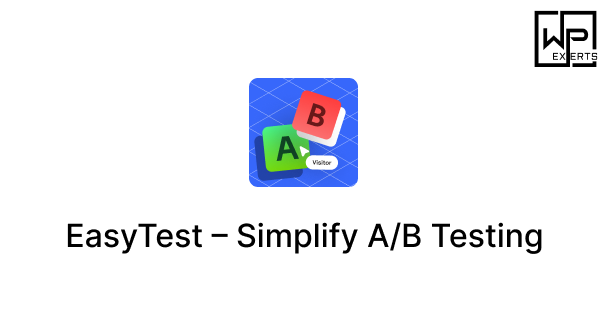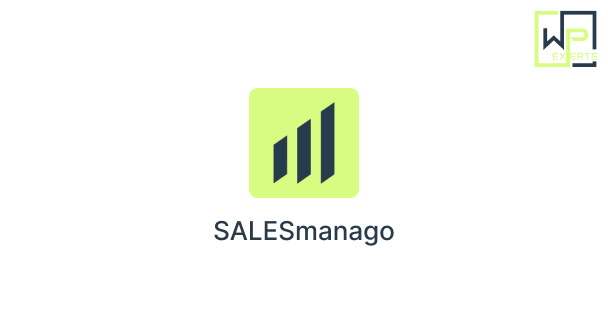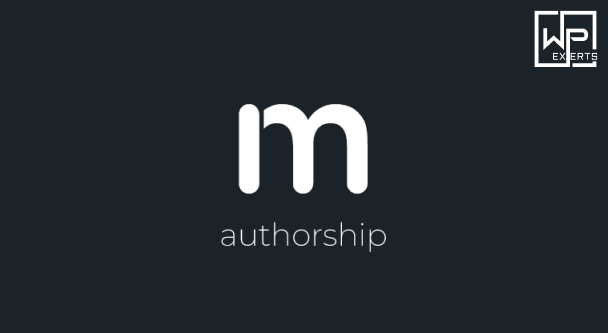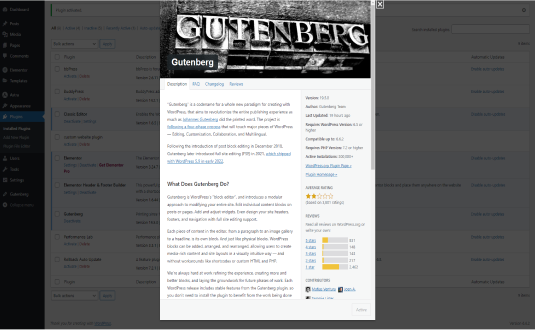
Gutenberg: Revolutionizing Content Creation in WordPress
Gutenberg is the block-based editor that has transformed how users create and manage content in WordPress. Introduced in WordPress 5.0, Gutenberg marks a significant shift from the traditional editor, moving towards a more flexible and intuitive approach to content creation. By leveraging a block-based system, Gutenberg empowers users to build complex layouts with ease, enhancing both the writing experience and the end-user’s interaction with the content.
What is Gutenberg?
Gutenberg is named after Johannes Gutenberg, the inventor of the printing press, reflecting its mission to revolutionize publishing in the digital age. The core concept behind Gutenberg is the use of “blocks” for every piece of content, from paragraphs and images to videos and buttons. This modular approach allows users to mix and match different content types, creating visually appealing and highly customizable layouts without requiring any coding knowledge.
Key Features of Gutenberg
- Block-Based System: At its core, Gutenberg is built around a block-based structure. Each element of your post or page is treated as a block. This includes standard blocks like paragraphs, headings, and images, as well as more advanced blocks like galleries, columns, and embeds. Users can add, remove, and rearrange these blocks with a simple drag-and-drop interface, making it easier to create dynamic layouts.
- Reusable Blocks: One of the standout features of Gutenberg is the ability to create reusable blocks. If you have a particular layout or piece of content that you use frequently—like a call-to-action or a specific text format—you can save it as a reusable block. This feature not only saves time but also ensures consistency across your site.
- Full-Site Editing: With the evolution of Gutenberg, full-site editing (FSE) is becoming a reality. This allows users to edit not just individual posts or pages but the entire site’s layout and design directly within the WordPress dashboard. This capability paves the way for a more integrated and streamlined website building experience.
- Enhanced Media Handling: Gutenberg simplifies media management by allowing users to easily insert images, videos, and other media directly into their content. The drag-and-drop functionality enables seamless integration of multimedia elements, enhancing the overall aesthetic and engagement of posts.
- Custom Blocks: Developers can create custom blocks tailored to specific needs or functionalities. This feature is particularly beneficial for businesses and developers looking to extend Gutenberg’s capabilities beyond the standard offerings. Custom blocks can be designed to fit unique content types or workflows, making Gutenberg a highly adaptable tool.
- Built-in Accessibility Features: Accessibility is a key consideration in Gutenberg’s design. The editor is developed with web accessibility standards in mind, making it easier for all users, including those with disabilities, to create and manage content effectively.
- Live Preview: As users add or modify blocks, they can see changes in real-time. This live preview feature allows for immediate feedback, helping users make informed decisions about their layouts and designs.
- Global Styles and Themes: Gutenberg supports global styles, enabling users to apply consistent styling across their entire site easily. This feature allows for a cohesive design aesthetic, regardless of the number of different blocks and layouts used.
- Mobile-Friendly: Gutenberg is designed to be responsive and works seamlessly across devices. Users can create and edit content from their desktops, tablets, or smartphones, ensuring flexibility and convenience.
Benefits of Using Gutenberg
- User-Friendly Experience: Gutenberg’s block-based approach makes content creation more intuitive, especially for those unfamiliar with coding or complex website design. The learning curve is minimal, allowing users to focus on their content rather than the technicalities of design.
- Enhanced Creativity: By providing users with a diverse range of blocks and customization options, Gutenberg encourages creativity in content creation. Users can experiment with different layouts, styles, and media types, resulting in richer and more engaging content.
- Improved Workflow: The reusable blocks feature and the ability to rearrange content effortlessly streamline the content creation process. Users can save time and maintain consistency, leading to a more efficient workflow overall.
- Future-Proofing Your Site: As WordPress continues to evolve, Gutenberg is at the forefront of its development. Embracing the block editor now ensures that your site remains compatible with future updates and enhancements, minimizing the need for major overhauls down the line.
- Community and Support: Being part of the WordPress ecosystem means that Gutenberg benefits from a vast community of developers and users. Resources, tutorials, and support forums are readily available, making it easy to find help or inspiration.
Getting Started with Gutenberg
- Installation and Setup: Gutenberg comes pre-installed with WordPress 5.0 and later versions. For those using earlier versions, the Gutenberg plugin can be downloaded from the WordPress plugin repository. Once activated, users can navigate to the post or page editor to start creating content using the block system.
- Creating Your First Post:
- Add a Block: To add a block, click on the “+” icon in the editor. A menu will appear with different block categories. Choose the block you want to add, such as a paragraph, image, or heading.
- Customize the Block: Once the block is added, users can customize it through the sidebar settings. Options may include alignment, color, and other styles, depending on the block type.
- Rearrange Blocks: Users can drag and drop blocks to rearrange them, allowing for easy layout adjustments.
- Preview and Publish: Before publishing, users can preview their post to see how it will appear to visitors. Once satisfied, they can click the “Publish” button.
- Using Reusable Blocks: To create a reusable block, select the block you want to save, click on the three dots in the block toolbar, and choose “Add to Reusable Blocks.” Give your block a name, and it will be saved for future use.
- Exploring Custom Blocks: Developers can create custom blocks by using the Gutenberg Block API. This process involves registering a new block type and defining its behavior and appearance through JavaScript and PHP. Custom blocks can enhance functionality and cater to specific site requirements.
- Full-Site Editing (FSE): For users wanting to experiment with full-site editing, themes that support FSE are becoming available. Users can explore these themes to take full advantage of Gutenberg’s capabilities in managing headers, footers, and other site-wide elements.
Best Practices for Using Gutenberg
- Plan Your Layout: Before diving into content creation, it can be helpful to sketch out your desired layout. Consider how you want to organize information, which blocks will work best, and how to balance text with images.
- Use Reusable Blocks Wisely: Take advantage of reusable blocks for elements that appear frequently on your site, such as contact forms, testimonials, or promotional banners. This ensures consistency and saves time.
- Stay Updated: As Gutenberg continues to evolve, keep your WordPress installation updated. Regular updates will ensure you have access to the latest features and security improvements.
- Explore Plugins: Many plugins enhance the functionality of Gutenberg by adding new blocks or features. Explore the WordPress plugin repository to find options that align with your needs.
- Practice Accessibility: When creating content, consider accessibility best practices. Use appropriate alt text for images, ensure sufficient color contrast, and structure your content logically with headings.
Conclusion
Gutenberg has fundamentally changed how users create and manage content in WordPress. Its block-based approach simplifies the content creation process, enhances creativity, and improves workflows. With its continuous development and the growing ecosystem of plugins and themes, Gutenberg is poised to shape the future of content creation in WordPress.
Whether you’re a blogger, a business owner, or a developer, embracing Gutenberg will empower you to create visually stunning, user-friendly content with ease. By leveraging its features and best practices, you can take full advantage of what this innovative editor has to offer, ensuring your WordPress site stands out in an increasingly competitive online landscape.

